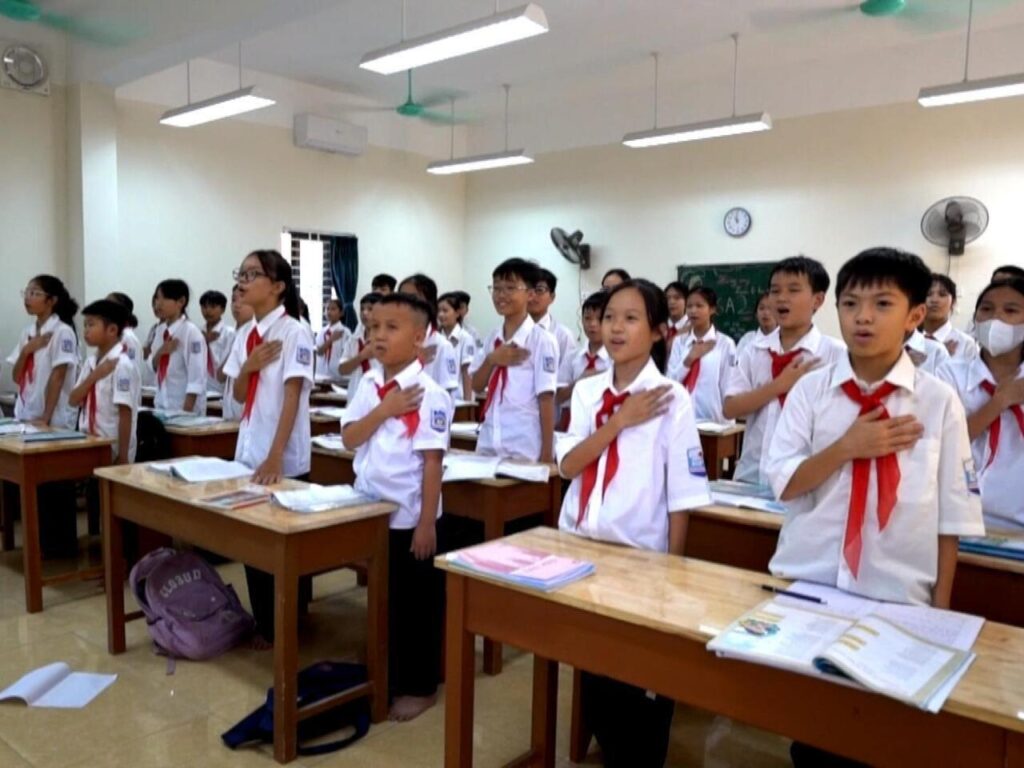Teaching English in Southeast Asia offers a unique blend of professional growth, cultural immersion, and adventure. Among the most popular destinations for ESL teachers are Thailand, Cambodia, and Vietnam—each with distinct job markets, salary structures, and cultural experiences. This blog explores the differences between teaching in these three countries, including average salaries, work environments, and travel opportunities, while highlighting why teaching in Southeast Asia is so rewarding.
Teaching English in Thailand
Job Market and Salaries :
Thailand is one of the most sought-after destinations for ESL teachers due to its vibrant culture, stunning landscapes, and relatively stable job market. However, salaries tend to be lower compared to Vietnam and Cambodia.
Average Salary: $800–$1,500 per month (35,000–60,000 THB).
Job Types: Public schools, private language academies, and international schools (higher-paying).
Requirements: Bachelor’s degree and TEFL certification preferred but not always mandatory.
Teachers in Thailand typically work full-time (40 hours per week) in public schools, with structured schedules from 8 AM to 4 PM. Private language centers offer more flexibility but may require evening and weekend shifts.
Cultural Experience & Work Environment

Thai culture is deeply rooted in respect and hierarchy, meaning teachers are highly regarded. However, classroom discipline can be relaxed, and teachers often participate in school events outside of teaching hours.
Travel Opportunities & Bucket List Experiences:
While teaching in Thailand, you can explore:
Bangkok: Temples, street food, and nightlife.
Chiang Mai: Lantern festivals and ethical elephant sanctuaries.

Southern Islands (Phuket, Koh Phi Phi): Pristine beaches and diving spots.
Teaching English in Cambodia:
Job Market and Salaries :
Cambodia offers a more relaxed teaching environment but with lower salaries than Vietnam. The demand for English teachers is growing, particularly in Phnom Penh and Siem Reap.
Average Salary: $700–$1,200 per month.
Job Types: Private language schools, NGOs, and volunteer programs.
Requirements: TEFL certificate (degree not always mandatory).
Work permits and visas are easier to obtain than in Vietnam, making Cambodia an attractive option for new teachers. However, schools may lack resources, requiring teachers to be adaptable.
Cultural Experience & Work Environment:
Cambodian students are eager to learn, but classrooms can be underfunded. Teachers often need to be creative with limited materials. The expat community is tight-knit, offering strong support networks.
Travel Opportunities & Bucket List Experiences
While working in Cambodia, don’t miss:
Angkor Wat: The world’s largest religious monument.

Siem Reap: Temples, night markets, and cultural shows.
Koh Rong: Stunning beaches and bioluminescent waters.
Teaching English in Vietnam
Job Market and Salaries:
Vietnam is one of the highest-paying ESL markets in Southeast Asia, with strong demand in Hanoi and Ho Chi Minh City.
Average Salary: $1,200–$2,100 per month (higher in international schools) .
Job Types: Language centers, public schools, and private tutoring.
Requirements: Bachelor’s degree and TEFL certification (mandatory for work permits) .
Teachers typically work 18–25 hours per week, with evening and weekend shifts common in language centers. Benefits often include housing allowances and flight reimbursements.
Cultural Experience & Work Environment:
Vietnamese students are highly motivated, and parents invest heavily in English education. However, the visa process can be complex, requiring proper documentation.

Travel Opportunities & Bucket List Experiences
Vietnam offers incredible travel experiences:
Ha Long Bay: UNESCO-listed limestone islands.
Hoi An: Ancient town with lantern-lit streets.
Da Nang & Mui Ne: Beaches and sand boarding adventures.

Why Teaching in Southeast Asia is So Rewarding
Beyond salaries and job conditions, teaching in Thailand, Cambodia, or Vietnam offers:
1. Cultural Immersion living in these countries allows deep engagement with local traditions, food, and festivals.
2. Affordable Living: Even modest salaries go far due to low living costs.
3. Travel Flexibility: With neighboring countries easily accessible, teachers can explore Laos, Malaysia, and more during breaks.
4. Personal Growth: Adapting to new teaching environments builds resilience and cross-cultural communication skills.
Final Thoughts
Whether you choose Thailand for its laid-back lifestyle, Cambodia for its ease of entry, or Vietnam for higher pay, each country provides unique rewards. The chance to explore breathtaking landscapes while making a meaningful impact on students’ lives makes teaching in Southeast Asia an unforgettable experience.
For those considering the move, research visa requirements, connect with expat communities, and prepare for an adventure that blends work, travel, and cultural discovery. Ready to start your journey? Southeast Asia awaits!

